16 August 2025
Children are like little volcanoes—sometimes they bubble with excitement, and other times, they erupt with frustration, sadness, or anger. Teaching kids to manage big emotions isn’t just about helping them calm down in the moment; it’s about giving them lifelong skills to navigate challenges and relationships.
But let’s face it, emotional regulation isn’t something that magically appears overnight. It takes patience, guidance, and a solid game plan. So, how do we help children learn to handle their emotions in a healthy way? Let’s dive in! 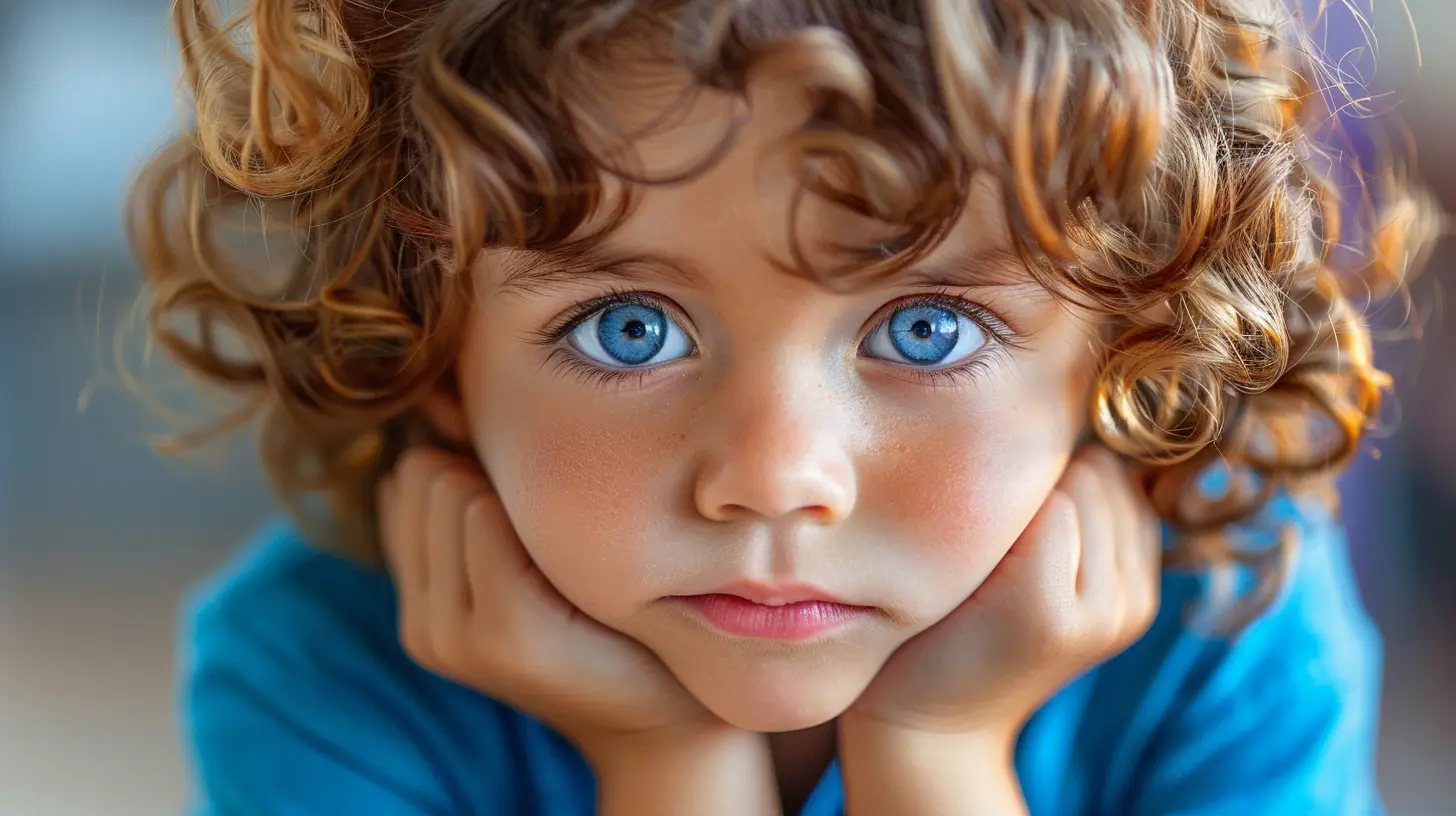
Why Emotional Regulation Matters
Imagine being in a foreign country where you don’t speak the language. You’re frustrated, misunderstood, and unsure how to communicate. That’s exactly how young children feel when they experience overwhelming emotions.Teaching kids how to manage their emotions:
✅ Helps them build strong relationships
✅ Encourages problem-solving skills
✅ Reduces tantrums and meltdowns
✅ Fosters self-confidence
✅ Prepares them to handle stress as they grow
Basically, emotional regulation is a superpower that benefits kids for life! 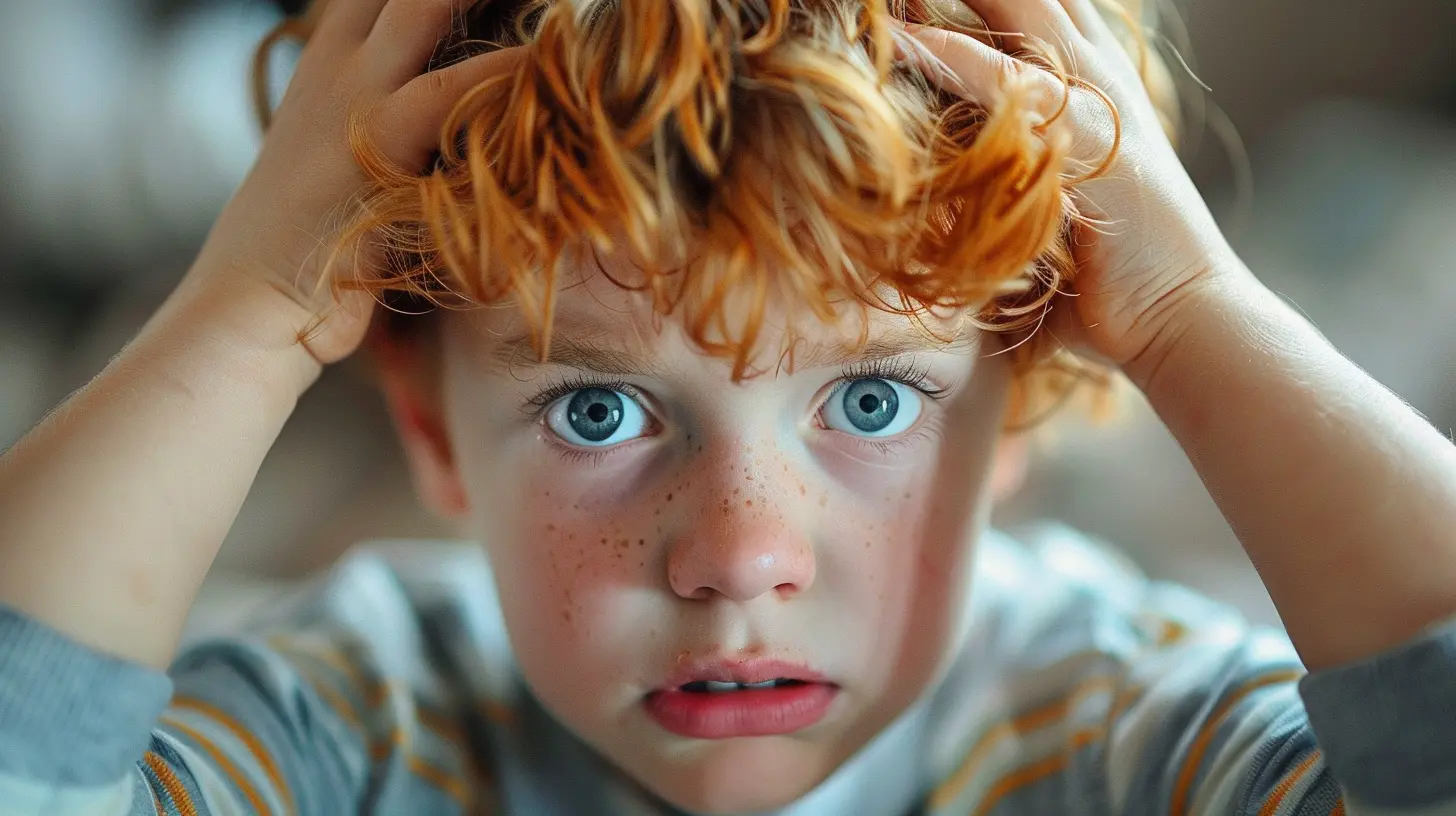
Understanding Big Emotions in Children
Before we jump into solutions, it’s crucial to understand what’s happening inside that little mind. Kids aren’t born knowing how to regulate their emotions—it’s a learned skill like reading or riding a bike.Why Do Kids Struggle with Big Emotions?
1. Brain Development – The prefrontal cortex (the part of the brain responsible for self-control) is still developing. That’s why toddlers and young children tend to react impulsively.2. Limited Vocabulary – Young kids often don’t have the words needed to express how they feel, leading to crying, shouting, or acting out.
3. Lack of Experience – Adults have years of practice handling emotions, but kids are still figuring it out.
With this in mind, let’s look at effective ways to teach emotional regulation. 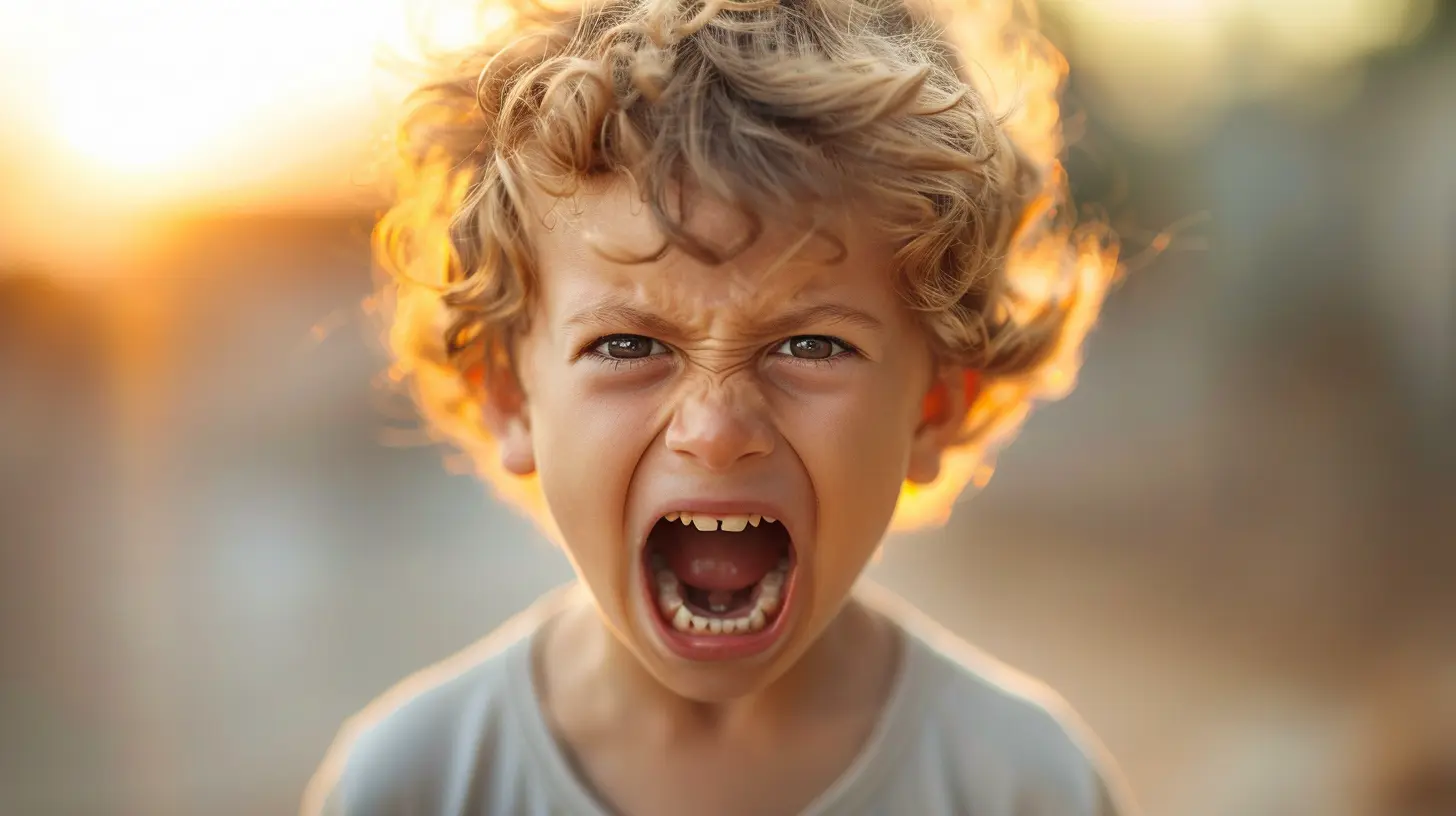
Strategies to Help Kids Manage Big Emotions
1. Name the Emotion (Because Feelings Need Labels!)
One of the best ways to help kids manage emotions is to teach them to recognize and name their feelings. Instead of saying, "Calm down," try, "It looks like you’re feeling really frustrated because your tower fell over."When kids can label their emotions—happy, sad, angry, nervous—they feel more in control. It’s like giving them a map of their inner world!
💡 Try This: Use emotion charts or picture books about feelings to help kids learn different emotions.
2. Model Healthy Emotional Regulation
Kids are expert copycats. If they see you handling stress by yelling, guess what? They’ll likely do the same. But if they see you taking deep breaths when you're frustrated, they’ll learn that too.✅ Show them how to express emotions in a healthy way.
✅ Talk through your emotions out loud: “I’m feeling a little overwhelmed, so I’m going to take a deep breath.”
✅ Apologize when you lose your temper—this teaches them that mistakes are okay and repair is possible.
3. Create a Calm-Down Corner
A "calm-down corner" is like a mini emotional reset station. It’s a space where kids can go when they feel overwhelmed, NOT as punishment, but as a tool to regain control.Fill it with:
🧩 Soft pillows or stuffed animals
📖 Books about emotions
🎨 Coloring supplies
🎶 Calm music or sensory bottles
Having a designated spot where kids can cool off helps them learn that emotions are manageable.
4. Teach Breathing Techniques
Breathing exercises are powerful, and best of all, they’re easy!Try these kid-friendly techniques:
🌬 Balloon Breaths – Inhale deeply as if blowing up a big balloon, then exhale slowly as if letting the air out.
🐉 Dragon Breathing – Take a deep breath in, then breathe out like a dragon blowing fire.
🕯 Smell the Flower, Blow the Candle – Pretend to smell a flower (inhale) and then blow out a candle (exhale).
Breathing techniques help activate the body’s calming system, making it easier for kids to regulate emotions.
5. Use Stories and Play to Teach Emotional Skills
Kids learn best through play, so why not use it to teach emotions?📚 Storytelling: Read books about emotions and talk about how the characters feel.
🎭 Role-playing: Act out different scenarios and practice responding to emotions.
🎲 Emotion Games: Play games where kids identify emotions based on facial expressions or situations.
Interactive learning makes emotional regulation feel like a natural part of life.
6. Encourage Problem-Solving
Instead of fixing problems for your child, guide them in finding solutions.If they’re upset because a friend took their toy, ask:
❓ "What could we do to make this better?"
❓ "How can we tell your friend how you feel?"
Teaching problem-solving helps kids gain confidence and resilience in handling emotional challenges.
7. Validate Their Feelings (Even When It’s Hard)
Ever been told to "just relax" when you're upset? Annoying, right? Kids feel the same way when their emotions are dismissed.Instead of saying:
❌ "You’re fine, stop crying."
Try:
✅ "I see you’re really sad right now. It’s okay to feel that way. I’m here to help."
Validating emotions doesn’t mean allowing bad behavior—it means acknowledging their feelings and guiding them to appropriate responses. 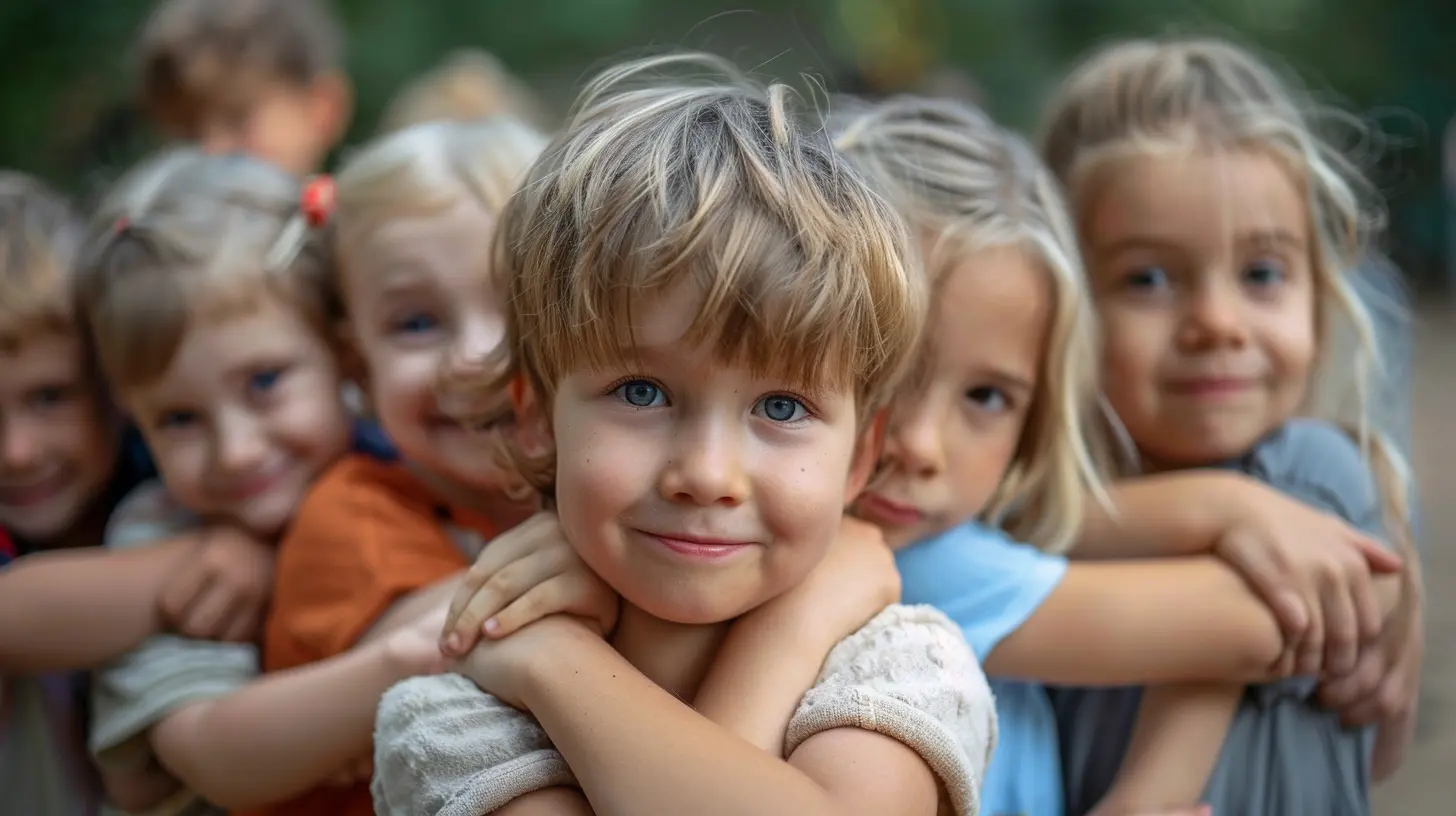
What to Avoid When Teaching Emotional Regulation
🚫 Minimizing Their Feelings – Saying "It’s not a big deal" teaches kids that their emotions don’t matter.🚫 Punishing Emotional Outbursts – Instead of time-outs for crying, focus on teaching coping strategies.
🚫 Fixing Every Problem for Them – Let them experience and navigate emotions, with support.
The goal isn’t to eliminate emotions—it’s to help kids understand and manage them.
Final Thoughts: Patience is Key!
Helping children learn to regulate their emotions is a journey, not a one-time lesson. There will be setbacks (and plenty of tantrums), but every time you teach them how to handle feelings in a positive way, you’re building their emotional toolkit for life.With patience, practice, and a little creativity, you can help your child turn big emotions into valuable life skills. And who knows? You might even learn a thing or two about managing your own emotions along the way!

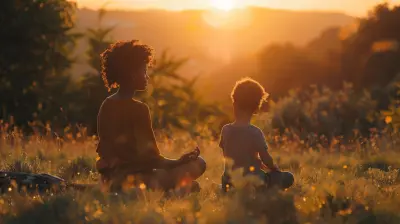






Cooper Wilcox
Teaching children to manage big emotions is crucial for their emotional development. Use simple techniques like deep breathing, naming feelings, and role-playing scenarios. Consistent practice helps them build resilience and better cope with challenging situations in the future.
November 29, 2025 at 8:09 PM